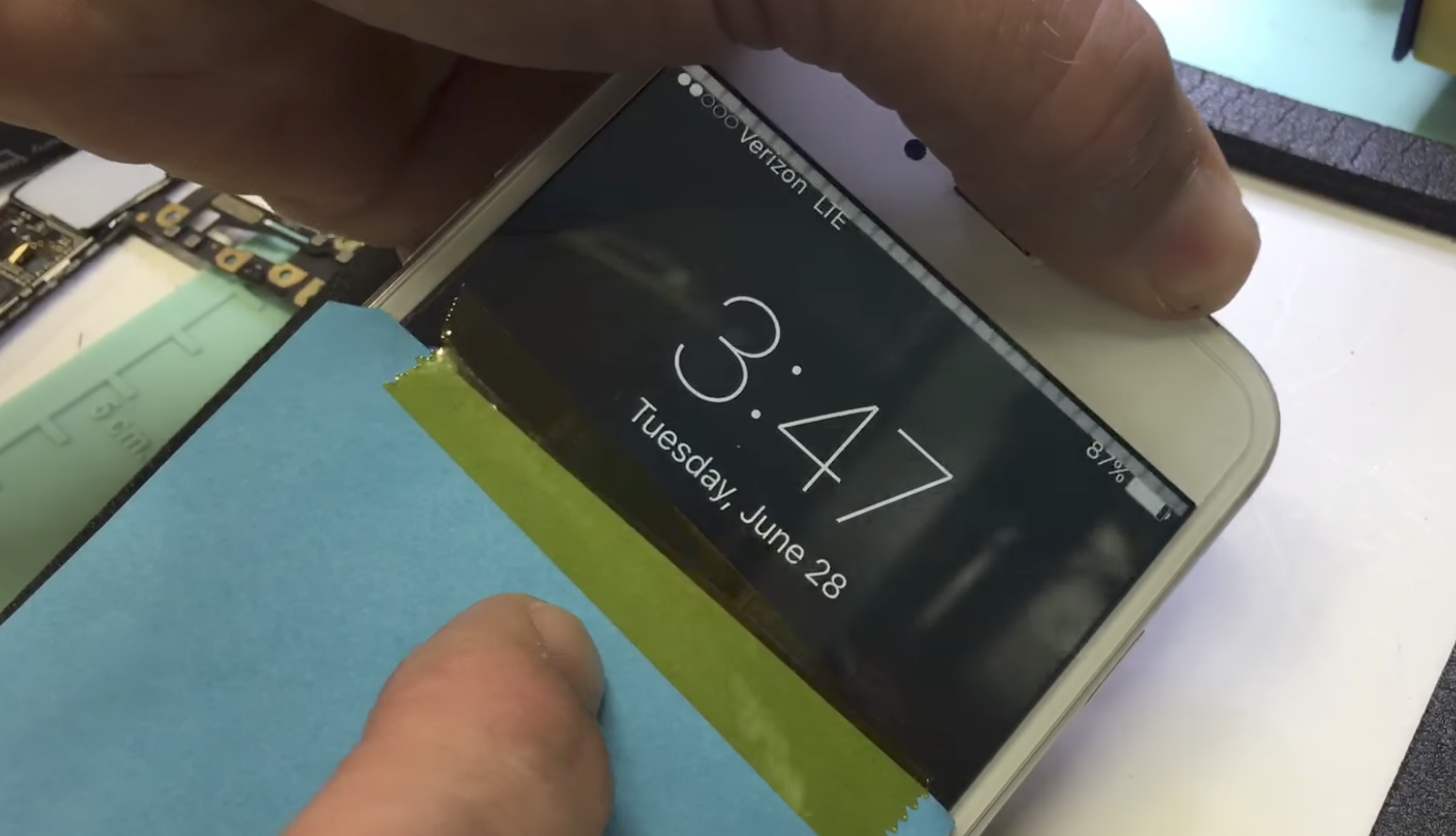A Class Action Lawsuit Arguing the iPhone 6 Is Defective Has Cleared a Major Legal Hurdle

Credit to Author: Jason Koebler| Date: Tue, 05 Sep 2017 17:26:20 +0000
A class action lawsuit that alleges that Apple knew about but did not disclose an iPhone 6 and iPhone 6 Plus design defect to its customers has been allowed to move forward by a federal judge in California, meaning we are likely to learn more about iPhone 6 “touch disease,” a flaw that has caused tens of thousands of iPhones to lose touch functionality.
The lawsuit, filed about a year ago, alleges that Apple knowingly continued to sell consumers refurbished iPhone 6 and iPhone 6 Plus devices even after the company learned about what has become popularly known as touch disease. Touch disease is caused by flexing or bending of the iPhone 6 and iPhone 6 Plus, which breaks soldering connections between the logic board and two small chips known as the Touch IC controllers. When these connections break, the touchscreen works only intermittently, and eventually touch functionality is lost altogether.
I reported last year that Apple Geniuses were aware of this problem for months before Apple finally acknowledged it publicly; independent repair industry professionals say that the problem is common and that refurbished devices given out as replacements often exhibit the same problems. In October of last year, a class action lawsuit was filed against Apple, claiming that the company knew about but did not acknowledge the problem. In November 2016, Apple introduced a “repair program” to replace devices with touch disease for $149.
Earlier this summer, US District Court Judge Lucy Koh, of California’s Northern District, rejected Apple’s motion to dismiss the lawsuit entirely, meaning it will move forward to the discovery phase. Koh’s order on that motion rejected the notion that Apple fraudulently advertised the iPhone (that the company knew about the problem before the iPhone 6 went on sale). But the judge wrote that by not addressing the problem sooner, there’s reason for the lawsuit to continue under to determine if Apple “fraudulently omitted” information about the extent of the phone’s problems.
“Plaintiffs have alleged the ‘who’ (Apple); the ‘what’ (knowing about yet failing to disclose to customers, at the point of sale or otherwise, that the iPhone’s touchscreen was defective); the ‘when’ (from the time of sale of the first iPhone through the present day); and the ‘where’ (the various channels through which Apple sold and advertised the iPhone, and the channels through which Apple communicated to consumers through the iPhone immediately after Plaintiffs’ purchase and within the 14-day window in which Plaintiffs could have returned their iPhone for a full refund),” Koh wrote. “Defendant’s arguments to the contrary are not persuasive.”
It’s important that the case is moving into Discovery, because Apple will be required to produce iPhone design documents and other internal Apple documentation that is rarely made public. Much of this will be produced under seal, but Joseph Kenney, a lawyer representing the plaintiffs, told me that specific relevant documents will likely be made public as the case progresses.
“The court denied Apple’s motion to dismiss the majority of state consumer protection claims under the theory that Apple knew, but failed to disclose, the touch disease problem to consumers,” Kenney told me.
Though the case is on track to head to trial—which is rare in cases where consumers take on major corporations—there is a chance that the case could be settled. A document filed in late August notes that “plaintiffs are open to engaging in settlement discussions, first raised by Apple during the case management conference.” In that case, people who own an iPhone 6 may get some sort of payout, but we’re unlikely to gain more insight into the inner workings of Apple.